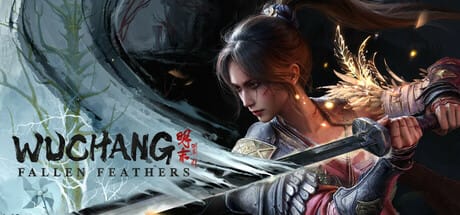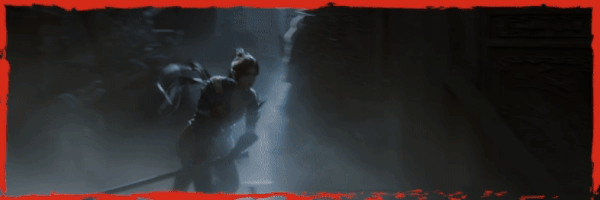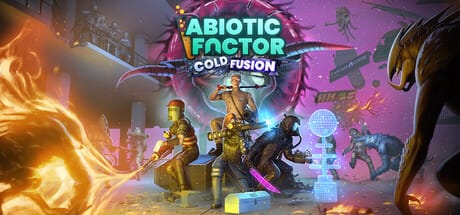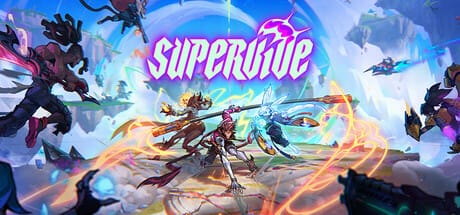WUCHANG: Fallen Feathers
A detailed review of WUCHANG: Fallen Feathers, exploring its atmospheric world, deep combat, technical problems, story strengths, and value for fans of soulslike action RPGs.

🦅 Setting the Stage: Ancient Shu in Chaos
Stepping into the world of this game, players are greeted by a fantastical vision of late Ming Dynasty China—gritty, atmospheric, and brimming with danger. The story follows a pirate warrior, Wuchang, whose amnesia and strange illness drive a mysterious plot through ruined temples and infested ruins. The setting is a standout, blending real history with surreal, monstrous folklore.

⚔️ Soulslike Combat Woven With Style
At its heart, the game is a soulslike action RPG—and it’s not shy about its influences. Combat is intense and satisfying, offering a robust system with an impressive array of weapons, enchantments, and combat disciplines. The fluidity of combos, combined with a blend of magic and martial arts, invites experimentation and rewards skillful timing.
The game distinguishes itself through its evolving fighting styles and the concept of “Red Mercury,” a resource for unlocking new techniques. Customizing your approach pays off, and advanced players will find room for mastery. According to our panel’s Jeff Gerstmann, the combat depth feels competitive with the genre’s best—not simply a copycat effort.
🎨 A Visual Feast—and a Performance Puzzle
Visually, the game shines. Intricate environments, detailed character models, and atmospheric lighting work together to create a world that feels genuinely immersive. However, this fidelity comes at a cost. Performance issues—frame drops, stutters, and recent reports of broken native resolution support—are persistent across a wide range of hardware.
Both Joe Vargas and George the player highlight frustration over poor optimization. For gamers who expect technical smoothness, these issues can seriously undermine enjoyment, sometimes turning thrilling battles into tests of patience.
🛠️ Complexity: Deep or Overwhelming?
Beyond combat, the progression and system layers can be polarizing. Some of our team, like Ann Handley, appreciate the depth and the ways the world opens up for dedicated explorers. Others, referencing user reviews, felt that some design elements are overly convoluted and could benefit from cleaner tutorials or clearer direction.
Multiple endings, branching decisions, and lore-rich storytelling do add replay value, although at times narrative delivery may feel cryptic.
💸 Monetization and Value
At this time, aggressive microtransactions and pay-to-win systems are not a concern. The base content feels substantial, and the presence of in-app purchases does not overshadow the core experience. Still, with no free demo and a midrange price point, those worried about performance may want to wait for future patches or community benchmarks.
👥 Who Will Enjoy This Journey?
The game is tailored for players who seek challenging action, love exploring dark fantasy worlds, and don’t mind technical hiccups for the sake of combat depth and unique lore. If smooth performance is your top priority—or you’re on a low-end PC—you might be frustrated until major updates arrive.
🔎 The Panel Speaks
- Jeff Gerstmann: Appreciates combat complexity but notes technical letdowns.
- Joe Vargas: Calls out for better optimization but applauds the value per content.
- George the player: Enjoys the artistic ambition, dislikes the lack of polish.
- Ann Handley: Finds the world and storytelling captivating despite some narrative confusion.
📝 Final Thoughts
The game delivers a challenging, beautiful, and atmospheric take on the soulslike formula. Its combat system and presentation are strong enough for devoted fans, but performance issues and complexity may limit wider appeal. For those willing to weather technical storms, there are rewarding battles and mysteries to uncover in Shu’s haunted lands.




